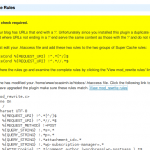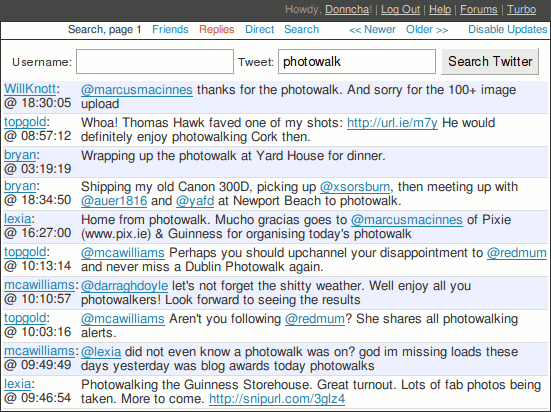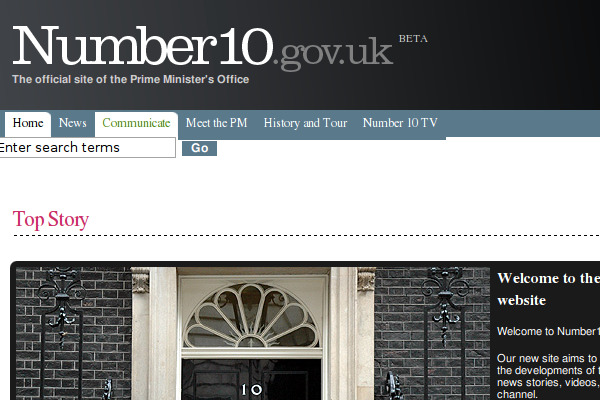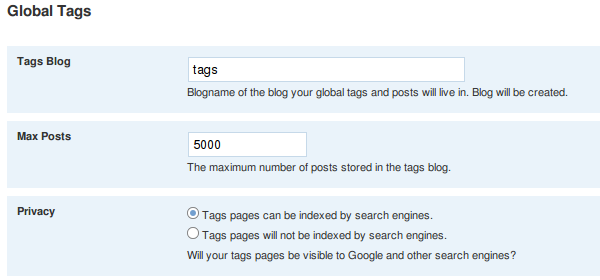I’m a big fan of Twitter. It serves as a useful tool connecting people who might never meet, and also as a vital means of communication for those who work at home or in solitary conditions.
The one huge and uncomfortable problem I see with Twitter is, “What happens to the conversation if Twitter fails?” What will you do if Twitter goes out of business tomorrow? Where will all your conversations, all the links you posted, and received from your friends be? That’s why I wrote Tweet Tweet.
Tweet Tweet is a plugin for WordPress that will archive your tweets, and the tweets of everyone you follow, plus replies you receive from strangers, and direct messages too. All these tweets will be stored safely in your database.
There is a simple “review pane” where you can see the latest tweets and go back in history but it’s very basic. The primary aim of this plugin is to ensure that your conversations are safe.
The plugin has been tested by a number of users, but it uses jQuery and AJAX techniques for the review pane so I’d love to hear if it works for you.
Please, do not hack the plugin to poll Twitter more than once every 90 seconds. Unless you follow thousands of others, 90 seconds will be fine. I have mine set to 180 seconds and it picks up every single tweet.
Update! I just tagged version 0.2 which adds a better hover for the review pane (and makes it IE6 compatible), and also adds a search form to make it easier to navigate your Tweet archive.








